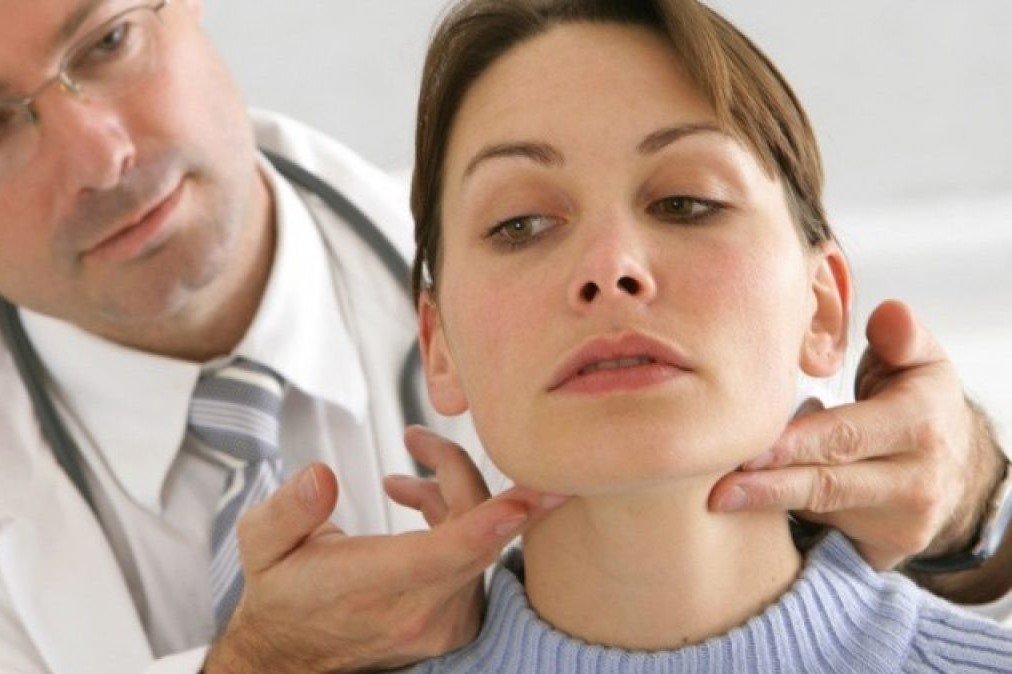
Swollen lymph nodes: what to do?
Swollen lymph nodes: many lymph nodes are present in superficial locations that are easy to palpate, which explains the high frequency of lymphadenopathy
In children and young people, for example, submandibular lymph nodes are easy to see even with a diameter of less than 1 cm, whereas in healthy adults, lymph nodes 1-2 cm in diameter are easily palpated in the groin.
Swollen lymph nodes, when to worry?
There are four basic elements
- Age of the patient: in adults, the appearance of an enlarged lymph node is always a reason for further diagnosis, whereas in children and young people, the percentage of lymph nodes that increase in volume due to benign causes under 30 years of age is 80%, and drops to 40% after that age;
- clinical picture: the presence of other symptoms (complaints experienced by the patient) and signs (objectively detectable changes) can point towards the correct diagnosis. For example, the presence of fever and signs of local or general infection suggests an infectious origin. Conversely, a general picture of weight loss, night sweats and fever is more suggestive of a tumour;
- Location: Assessment of lymphatic drainage and anatomical distribution can provide useful clues to the cause of lymph node enlargement. For example, the presence of one or more enlarged lymph nodes in the supraclavicular area is always a serious condition, as well as enlarged abdominal lymph nodes.
- change in objectivity over time: if a lymph node begins to increase in volume or become hard or painful, all within a short period of time, the situation should be investigated without delay.
What to do in case of enlarged lymph nodes?
The above factors must always be kept in mind In a young person, the presence of an enlarged sub-mandibular lymph node is unlikely to be a serious problem, unless it is hard and becomes adherent to the underlying planes; whereas in adults or the elderly, an enlarged lymph node without fever is always to be carefully investigated, by means of blood tests that can confirm or exclude an infectious origin, and by performing an ultrasound, which in experienced hands can easily distinguish a reactive lymph node (i.e. due to an inflammatory or infectious reaction) from a lymph node of malignant origin (primary or metastatic tumor).
Tests required in case of swollen lymph nodes
In addition to laboratory and ultrasound examinations, a crucial examination in doubtful cases is a lymph node biopsy or its removal and subsequent histological examination.
Biopsy can be performed by fine-needle aspiration or by removal of the whole lymph node: in the latter case, diagnosis is facilitated, since a key component of the tumour lymph node is the subversion of its anatomical structure, which can only be seen by examining the whole lymph gland, whereas on a small needle aspiration sample this subversion may be missed.
The evaluation of deep lymph nodes requires the use of imaging techniques such as CT, MRI and PET, while what was once the standard test for lymph node evaluation, lymphography, is now completely abandoned, also due to the danger of the test itself, which involves the injection of a contrast agent with a high risk of allergy.
The subject of “lymph nodes” is therefore a vast and difficult field of pathology, and certainly cannot be exhausted in these few lines: when faced with a swollen “gland”, it is necessary to consult your doctor, who will start a diagnostic process to get to the bottom of the issue.
The important thing is not to immediately imagine catastrophic situations or, worse, to rely on web searches, which more often than not lead to unjustified fears and anxieties.
Read Also:
Emergency Live Even More…Live: Download The New Free App Of Your Newspaper For IOS And Android
Lymphoma: 10 Alarm Bells Not To Be Underestimated
Non-Hodgkin’s Lymphoma: Symptoms, Diagnosis And Treatment Of A Heterogeneous Group Of Tumours
CAR-T: An Innovative Therapy For Lymphomas
Lymphangiomas And Lymphatic Malformations: What They Are, How To Treat Them
Lymphadenomegaly: What To Do In Case Of Enlarged Lymph Nodes


